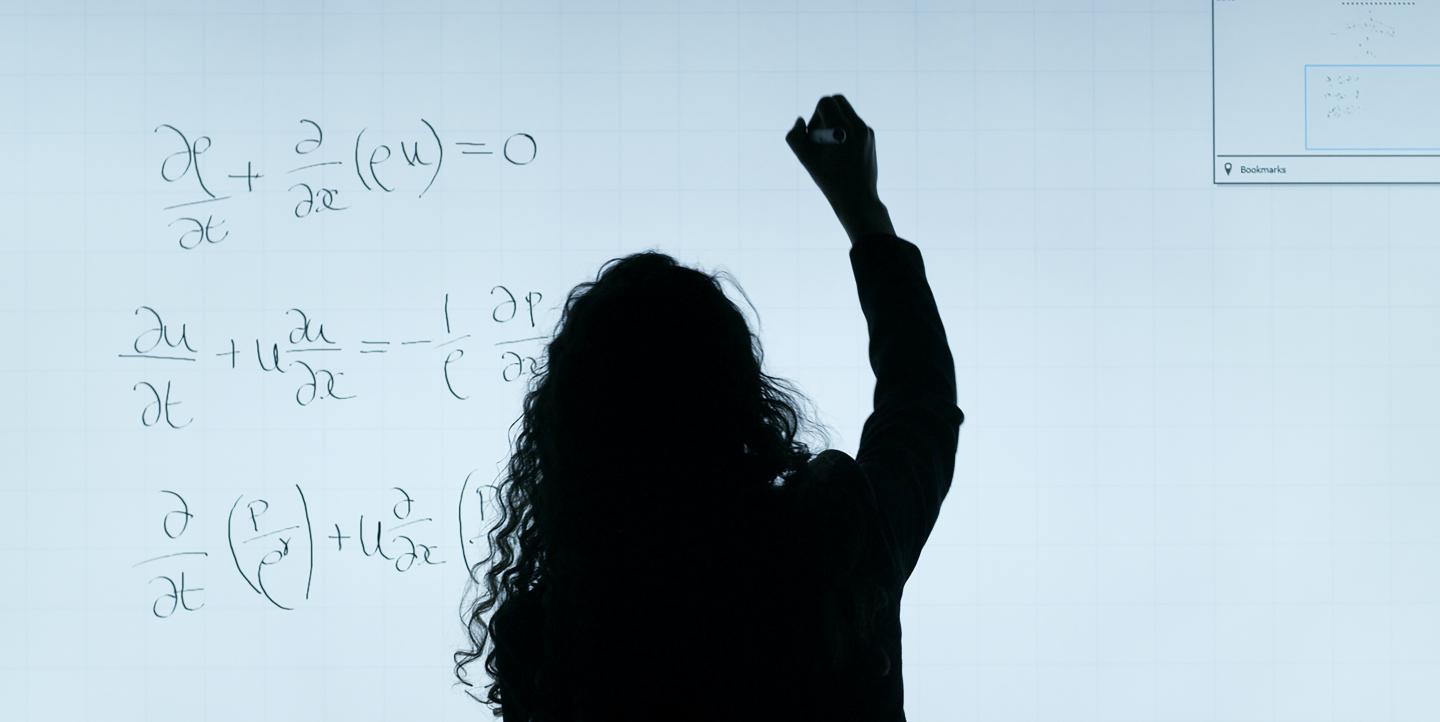Math is everywhere, from science to technology to polling data, but it is often not covered well in the media, said Jordana Cepelewicz, senior writer at Quanta Magazine, during a recent ICFJ Global Crisis Reporting Forum webinar on how to apply mathematical insights into your reporting.
“Math is all around us, from an AI model, to how cryptocurrency works, to how an infectious disease spreads,” said Cepelewicz. “There is a lot of experimentation and creativity in math.”
Journalists do not need to have a math background to incorporate math into their reporting. Here are some tips Cepelewicz suggests for how to best communicate mathematics in journalism:
What is math journalism?
Math stories aren’t frequently written, but it’s not for a lack of content. “Math is a very active area of research. That means there are lots of discoveries that are happening that experts find exciting, interesting and important,” said Cepelewicz. She describes three main types of mathematical reporting: explanatory pieces, data-driven investigative pieces and profiles.
Explanatory stories are used to contextualize and illuminate mathematical discoveries in terms of day-to-day application and relevance in the real world. Mathematical models used by epidemiologists, for instance, were a crucial factor in reporting on and understanding case counts and rate of transmission during the COVID-19 pandemic.
“The understanding of pure math concepts can [therefore] be really important to make sense of topics that become relevant,” said Cepelewicz.
Data driven pieces allow journalists to draw conclusions or create a story from data patterns. Reporting on environmental and policing pieces requires journalists to analyze vast sets of data to find a story, which are skills journalists sometimes need to develop. For example, a journalist might look at data from the U.S. Environmental Protection Agency to find patterns in cancer causing pollutants in various states, or how migration patterns are affected by climate change.
Finally, profiles give insights into mathematicians themselves, such as exploring their personal story and how it relates to their research. Last year, Cepelewicz wrote a profile on mathematician Jun Huh, winner of the prestigious Field Award, who described math as an extension of poetry and dropped out of school to pursue poetry.
How to approach a story
It’s not hard for journalists to find a mathematical angle to a story, if they know where to look. “It’s possible to extract something mathematical from pretty much anything you are reading or hearing about,” Cepelewicz said.
“But how do you find a good math idea?” she continued. “You start by just asking questions. If you are hearing about something, pay attention to what sparks your curiosity.”
To find story ideas, Cepelewicz recommends getting in touch with mathematicians and asking them what they find interesting at the moment, even if it doesn’t result in an immediate story. Cepelewicz also regularly reads blogs by mathematicians or follows them on social media to source story ideas.
“Researching something math-related can feel difficult,” she said. “I really depend on my interviews to give me the understanding of what my story should be [about], and then write it in a way that is comprehensible to a reader who doesn’t know anything.”
Interviewing mathematicians also allows Cepelewicz to ask for examples to understand how math has concretely solved a given problem, which can help readers to better understand an otherwise complex topic.
Challenges for journalists
Math can be hard and understanding concepts can feel daunting, but speaking to several mathematicians on the same topic can help. “I have found that mathematicians have different ways of thinking on different concepts,” said Cepelewicz. She’s found mathematicians to largely be very patient and willing to explain complex topics.
By incorporating different perspectives into their reporting, journalists can better build their understanding of the material and therefore be better at breaking it down to readers. It is also important to nail down why the math is interesting and relevant to the reader, as there is not always an apparent news angle.
It’s normal for journalists to feel less prepared going into interviews for math-related stories, as much of the literature is hard to dissect for a non-expert, said Cepelewicz. “I ask the most basic questions in every interview I conduct, and it is a very necessary part of the process,” she advised.
Despite these difficulties, math reporting can be fun. Cepelewicz said she has met incredible people and learned so much despite how challenging writing math stories is. She has also received positive feedback from readers, who say they appreciate reading more on a topic they would not have noticed before and for the effort that goes into her stories.
“Sometimes when I start a story, I can often feel overwhelmed by how complicated things are, but as I dive deeper into my research, things get clear and concepts connect, and that moment is incredibly satisfying,” she said.
Photo by ThisisEngineering RAEng on Unsplash.


